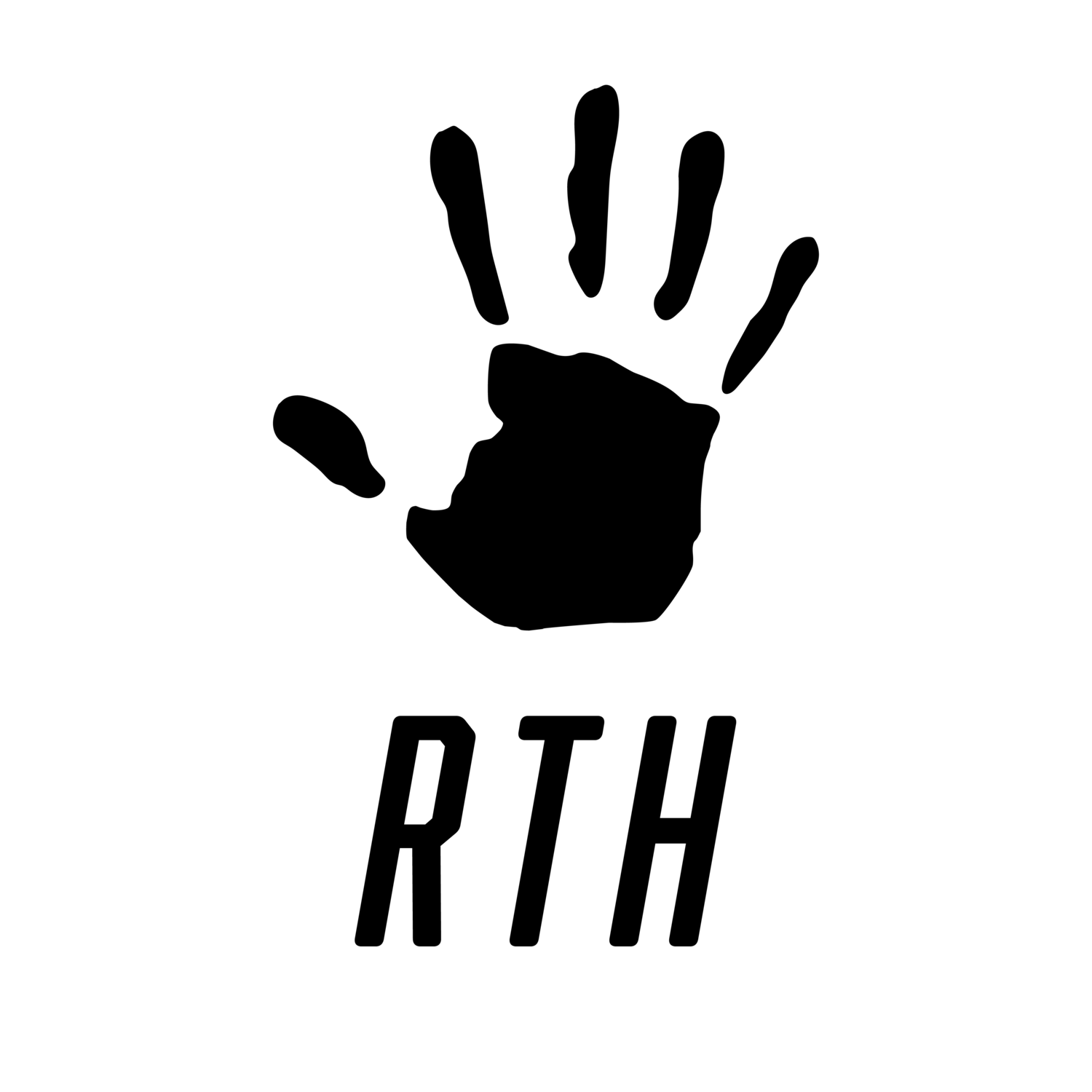Stay Home. Get Strong. Part 2
This article has demos and explanations of all the exercises mentioned in Part 1.
Push
Pushup (Hands Elevated)
Keep your elbows fairly close to your sides. Quads tight, glutes tight, core braced for a punch. Experiment with different heights to find the right difficulty—kitchen counter, dining room table, a chair, etc. All of your reps should look at least as good as mine.
Pushup
Same cues as Pushup (Hands Elevated). Don’t lose tension in your core—listen to how I’m breathing. That’s how you should breath, too.
Pushup (Feet Elevated)
If regular pushups are too easy, elevate your feet to make it harder. Be creative—a bench, a stack of books, an ottoman.
One-Arm Pushup
Use the same principles from Pushup (Hands Elevated) to adjust the difficulty of the One-Arm Pushup. This is such an underrated exercise. I’ve got some work to do here as well!
Squat
Bodyweight Squat
Pretty straightforward. Put your feet about underneath your shoulders, turn your toes out a tad, squat down as deep as is comfortable.
Split Squat
The split squat will put more of the work on one leg at a time (the front leg). Make sure you step far enough forward so that you’re not all crunched up at the bottom. Also, your knee needs to touch the ground silently.
Bulgarian Split Squat
Elevate your rear foot on your couch or something equivalent. Don’t bounce out of the bottom! Also, don’t feel like your bent knee necessarily needs to touch the ground.
Pistol Squat
If you can’t do a full Pistol Squat, but Bulgarian Split Squat is a little too easy, do the Pistol Squat down to an elevation that you can handle. A chair or stool should work fine.
Pull
Horizontal Row
This exercise has a couple of options. If you have a pullup bar, it would be best to hang some straps (or a couple of belts from the closet) from the bar to do the row. If all you have is a table, you can use that, too.
Negative Chinup
Chinup
A chinup is a pullup done with your palms facing toward you. For most people this will be slightly easier than the pullup (palms facing away).
Pullup
You can always make pullups harder if necessary by adding some weight in a backpack!
Core Isometric
Plank
The focus here is on tension! Quads tight. Glutes tight. Core braced for a punch. If your lower back starts to sag, you’re missing the target and the set is over.
Hollow Rock
Keep your low back pressed into the ground. Keep your shoulder blades up!
Climber Plank
Same position as hardstyle plank, but reach up with each limb in turn. Try to keep your body from rotating when you reach.
One-Arm One-Leg Plank
Get in a straight-arm plank position, then lift up your opposite hand and foot. Don’t let your body rotate! Again, focus on tension—quads, glutes, core. And grip the ground hard with your hand!
Core Flexion
Hollow Hang
The key with this is to “close the space between your hips and your ribs.” Maximally contract your core to maintain the hollow position. Keep your shoulders down and back the whole time you’re hanging from the bar—it will be good for your rotator cuff, too!
Hanging Knee Raise
Same setup as Hollow Hang, but pull your knees up as high as you can for reps. No swinging! That would not work your core, it would just be. . . swinging.
Hanging Leg Raise
So this video is actually “Toes to Bar.” But the Hanging Leg Raise is the same idea, you just don’t have to bring your legs up as high. As long as your can bring them to at least 90 degrees, you’re good to go.
Toes To Bar
Same video as Hanging Leg Raise, but this time bring your toes all the way to the bar!
Sprint
You don’t really need a video for sprinting. Just run fast! Stay up on the balls of your feet—don’t “flop” your feet on the ground. Also, ramp up the speed slowly and decrease the speed slowly when you’re done with the sprint.
Cardio
Walk
Just walk around! Be mindful of your gait pattern—don’t flop your feet, don’t slouch.
Walk / Run
Walk, then run. When you get tired from running, start walking again. Don’t worry about the ratio, just try to run a little bit more next time.
Run / Walk
Run. If you lose your breath, walk. When you catch your breath, run again.
Run
Stay “light” on your feet. Don’t strike the ground with your heels—land on your midfoot instead. Keep the pace “easy.” It’s not a race, unless it’s a race.
Conclusion
That’s it for Part 2. Revisit Part 1 if you need to review the program again. Please let me know in the comments if any of these explanations are unclear!
Also, if you found this content valuable, please consider visiting longmontclimbingcollective.com to see some ways you can support the gym during the closure.

